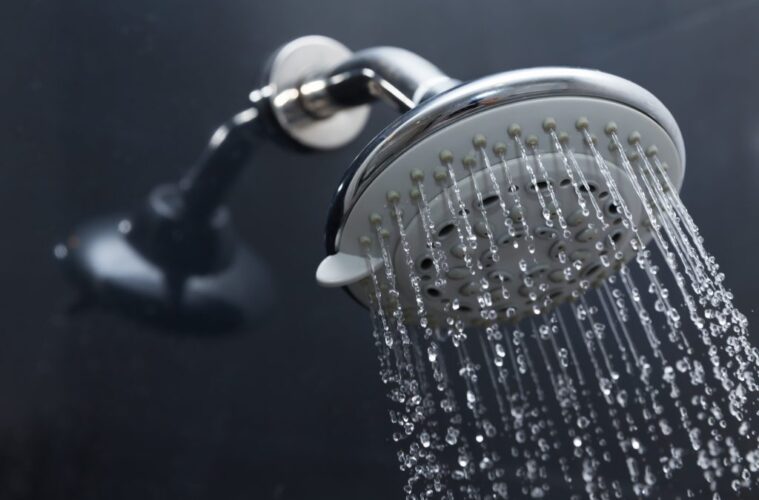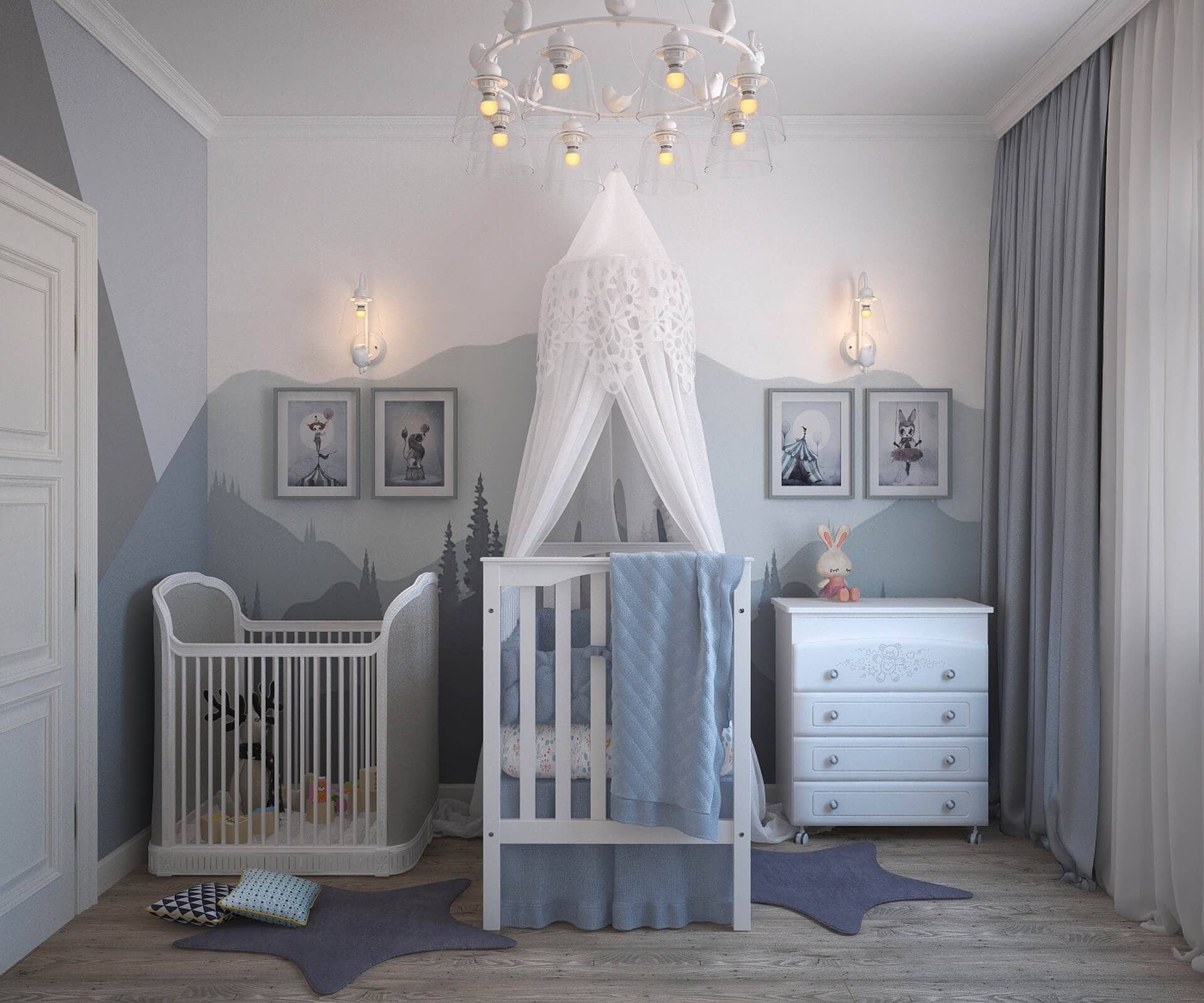You have had a long day at work and have been looking forward to hopping in the piping hot shower the second you step into your house. Nothing is quite as refreshing as the steam from a revitalizing shower; you have imagined this moment for hours. As you step in the shower, you are hit with a lack of water: instead, it leaks out of the shower head, barely reaching your feet. It might be time to inspect and replace the shower diverter valve, which directs water flow between the showerhead and bath faucet, ensuring you enjoy the perfect shower experience.
We understand your frustration— disappointment is painful when you have been looking forward to something all day. From simple adjustments to your showerhead to more complex plumbing solutions, we will reveal everything you need to know to turn your lacklustre shower into a satisfying, high-pressure experience!
If you are tired of struggling through dripping, sad showers, read on to discover how to boost your water pressure and transform your daily routine.
Clean the Shower Head
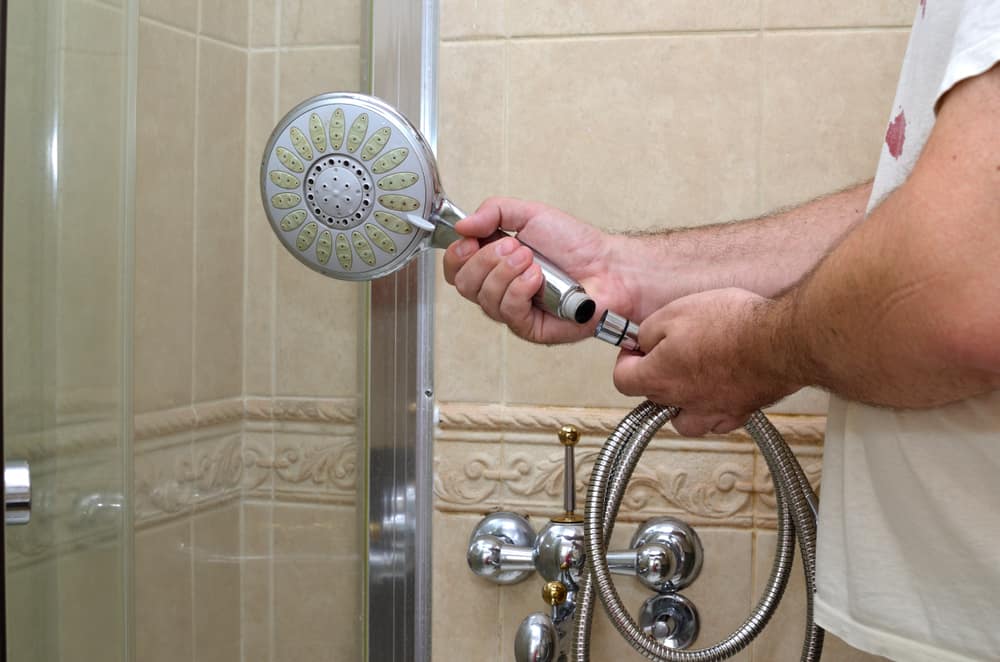
source: pinterest.com
One of the easiest ways to increase the water pressure in your shower is by ensuring that where the water comes out is not blocked. Over time, mineral deposits and other debris can build up in your shower head, causing a decrease in water pressure.
To fix this, remove the showerhead and soak it in a mixture of equal parts water and vinegar for a few hours. After soaking, rinse the showerhead thoroughly and reinstall it! Bam, it is almost like a brand-new showerhead.
Check the Water Valves
Sometimes, the water pressure is low throughout your home, not just in one shower. If this is the case, it may be due to the main water valve being partially closed. Ensure the main water valve is fully open— usually where the water supply enters your home.
Look for a valve near the water meter: it should look like a small piece of metal piping with a turning gear. Also, check the individual water valves leading to the shower and ensure they are open fully.
Check for Clogs
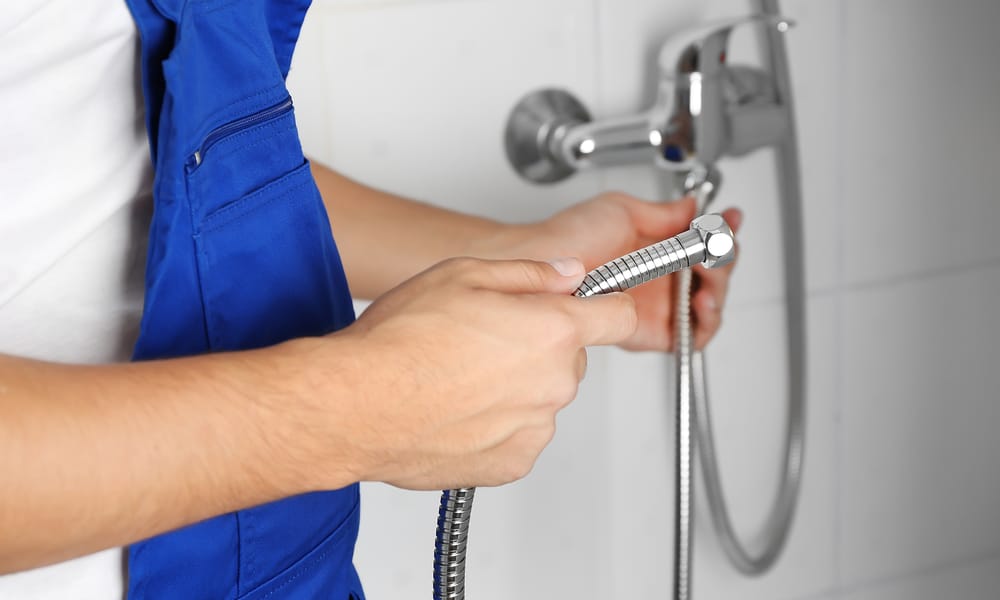
source: pinterest.com
Maybe it is not a problem with your shower head or water valve. If you have tried all of the above steps and still have low water pressure, there may be a clog in the plumbing system.
If so, we recommend hiring a professional plumber to check for and remove pipe blockages. They can also suggest tips and suggestions avoid the issue in the future.
Install a High-Pressure Shower Head
If you have cleaned your showerhead and checked your water valves, and your water pressure is still not up to your standards, it may be time to invest in a high-pressure showerhead to meet your needs. These showerheads are designed to maximize water flow and improve your showering experience.
Look for models labelled “high-pressure” or “low-flow” for the best results— no longer will you have to endure the dripping madness that is low-pressure water.
Remove Flow Restrictors
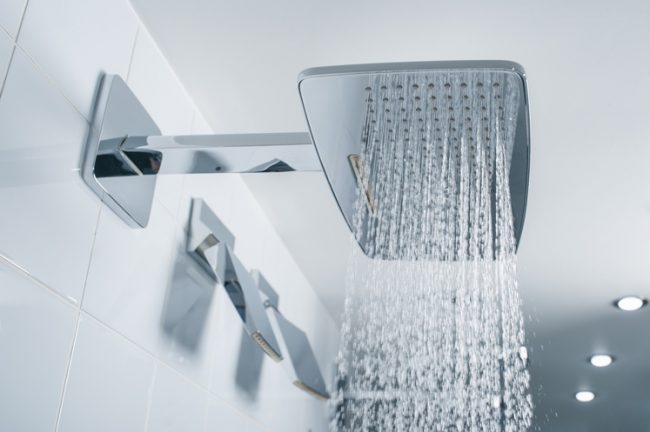
source: pinterest.com
Some shower heads are designed to conserve water using a flow restrictor tool, which looks like a small piece of metal piping within the shower head. While they may be eco-friendly, flow restrictors can also reduce water pressure in the shower.
To remove them, unscrew the showerhead and gently remove the flow restrictor with pliers. We recommend this step only if a high-pressure shower head is out of the question, as this can, increase water usage and, thus, your water and electricity bill.
Install a Pressure Boosting System
If you would like a more permanent solution to your problem, you can consider installing a pressure-boosting system within your home to facilitate your low-pressure problem. This works best if your water pressure is consistently low throughout your home, as it works by increasing the water pressure at the main water line. This will affect all of the water lines within your home, so if the issue exists only in one showerhead, we advise against this suggestion.
Adjust the Water Pressure Regulator
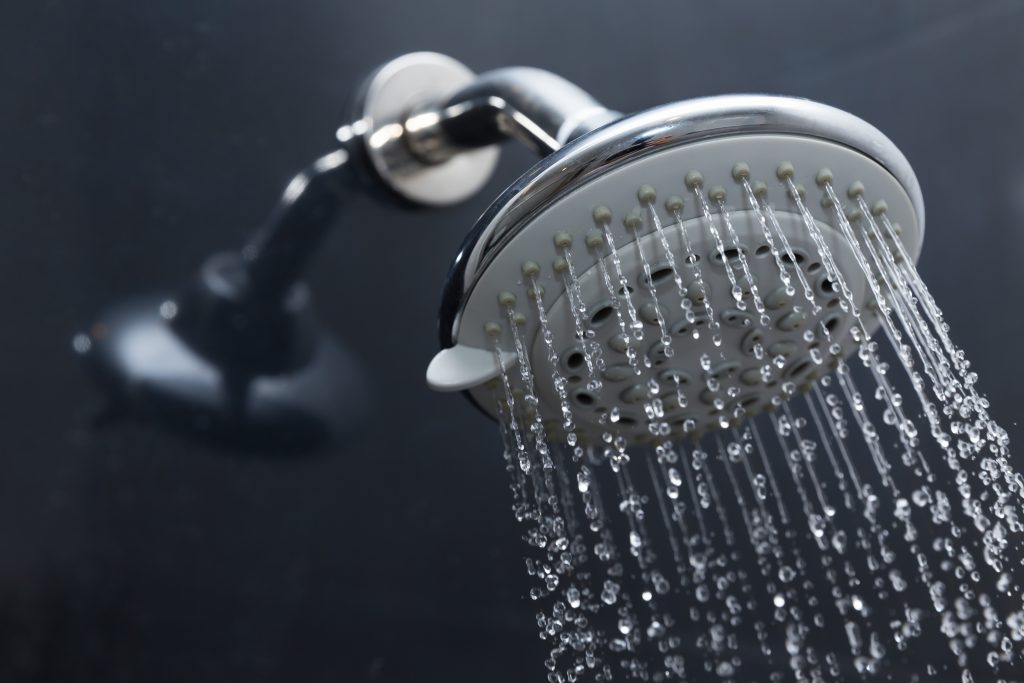
source: pinterest.com
Like the flow restrictor in the shower head, many homes have a water pressure regulator installed near the main water line to control how much water flows to save electricity. If the regulator is too low, it can cause low water pressure in the shower. It may be difficult to determine whether the water pressure regulator is set low, so we recommend hiring a professional plumber to adjust the regulator to a higher pressure setting if necessary. Professionals in the field know what they are doing, so if you have any questions or concerns, it is better to reach out and get a professional opinion rather than mess up your water system.

